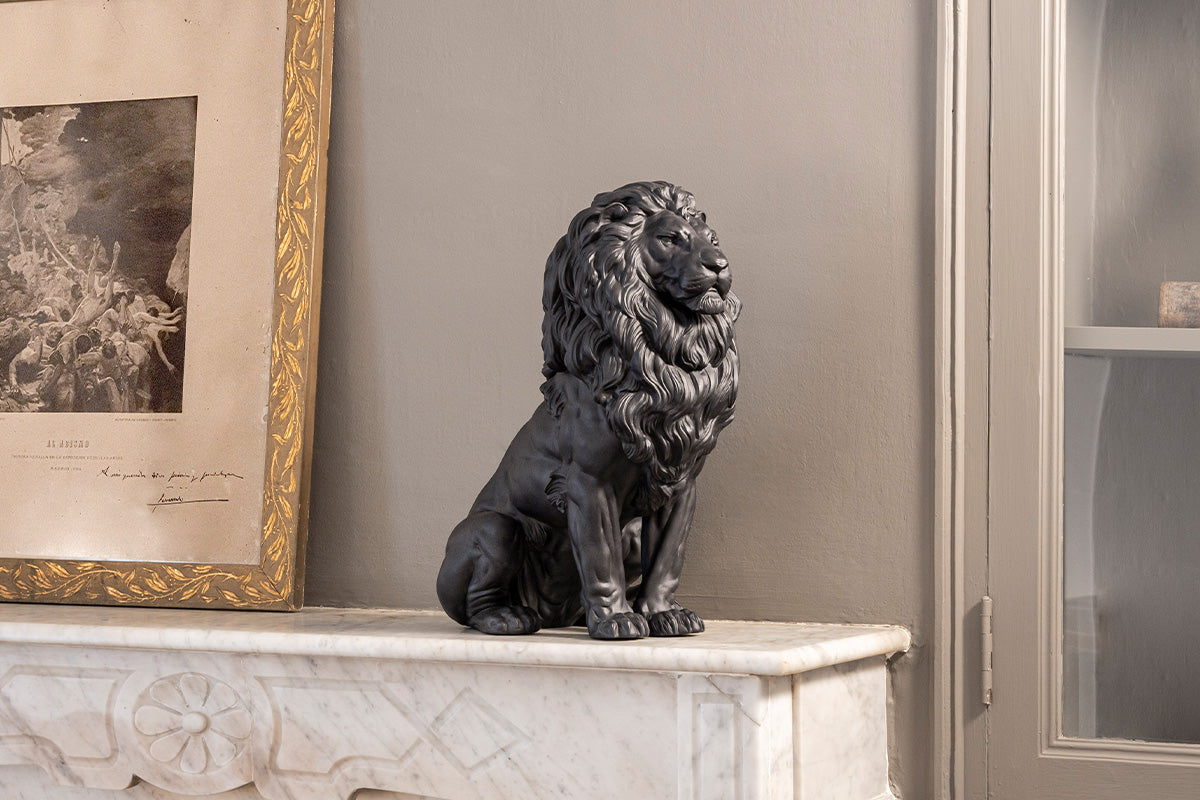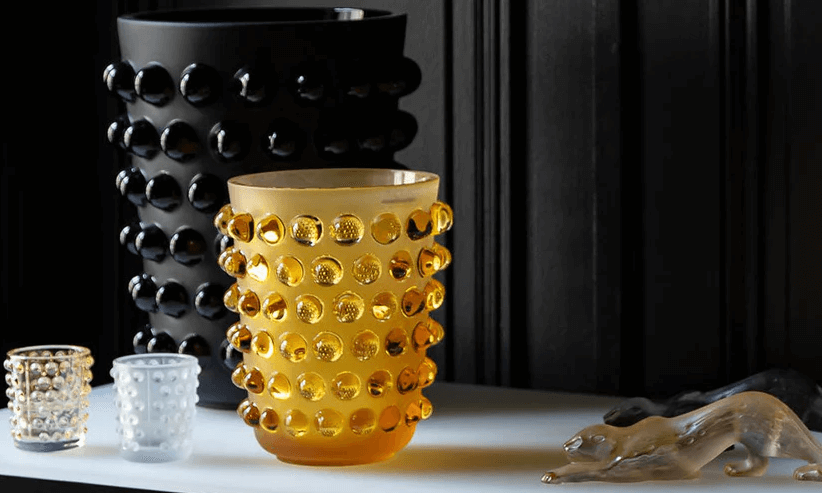Windows To the Soul: The Importance of Eye Contact In Art
Tagged with:Art and Design
Share
Anyone who saw the 2019 film ‘Cats’ will agree their poor CGI-ed faces failed, creating an uncanny valley effect on viewers. What makes us so good at identifying faces?

Our eyes are how we recognise each other, establish intent and empathise with one another. As in real life, eye contact in art helps us to connect with a piece and is often what will catch our attention first. There are few things harder to portray, as humans are so good at recognising and reading faces, particularly eyes and when they are missing something or are wrong in some way it is easily picked up on. What does it take to create a piece that can breach that uncanny valley successfully?
The ‘uncanny valley’ is a concept where a non-human creation, for example, a CGI character or robot reaches a point where instead of being appealing and recognisable, it becomes unsettling, weird and distracting. We have evolved to be good at recognising facial tells in each other as highly social beings to empathise with others’ emotions as a necessary part of our survival. So, when key features of the face particularly the eyes and mouth fail to match the same energy and movements we associate with them, this feeling of unease and wrongness kicks in. Essentially, it can activate our fight or flight response. If you’ve ever tried to sketch a person, you’ll notice that everything gets a lot harder once you get to depicting the face and especially the eyes and capturing that energy that all living things have takes true skill in itself.
It is no easy task to capture the essence of life, to give attitude and spirit in a piece be it human or animal. It will be the first thing we are drawn to when viewing an artwork and one of the first things to come under scrutiny. When we see eyes and faces depicted, we often cannot help but hold the gaze, often in order to decipher meaning in the piece such as the subject’s emotional or a deeper message the artist may be communicating. So much can be communicated in a piece simply by where both the subject’s eyes are focused, and where the viewer’s eyes are being directed.
Lladró’s Nude with Shawl Gres Sculpture. Read more about Gres porcelain.
This can be observed in Lladró’s Nude with Shawl Gres Sculpture, if one is looking at her as the first image above, one cannot help but follow where her gaze is being directed and in turn this sparks the imagination as to what she may be looking at. However, if one is in her line of sight or the focus of her gaze as in the second image, the tone of the piece greatly shifts. Suddenly, it is you the viewer who is being stared at with attitude and intent and even a bit of sass, as if you were being keenly observed. This duality is not easy to accomplish, however in many ways it is what separates painting and sculpture as a 2D image cannot capture that same quality that a 360-degree view can achieve.
Lladró’s Black Panther with Cub Figurine (left). Read more about how Lines of Tension in a piece are created. Surfer Man Figurine (middle). Lladró’s Spanish Pure Breed Horse (ltd edn) (right).
Even in animals and pieces without colour, the viewer is easily able to read the emotion and intensity on the faces of these pieces, particularly in their eyes. Given how complex faces are, it is a feat that Lladró can achieve not just realism in this medium but life and vitality, like the protective intensity in the panther’s eyes, the adrenaline written all over the Surfer’s face, or the glint in the Spanish Pure Breed horse’s eye.
Read about Lladró’s anatomically accurate Spanish Pure Breed Horse.
We always recommend seeing a piece in person before purchase as no two pieces are quite the same otherwise we can always arrange video calls in order to properly view the piece in a space.








